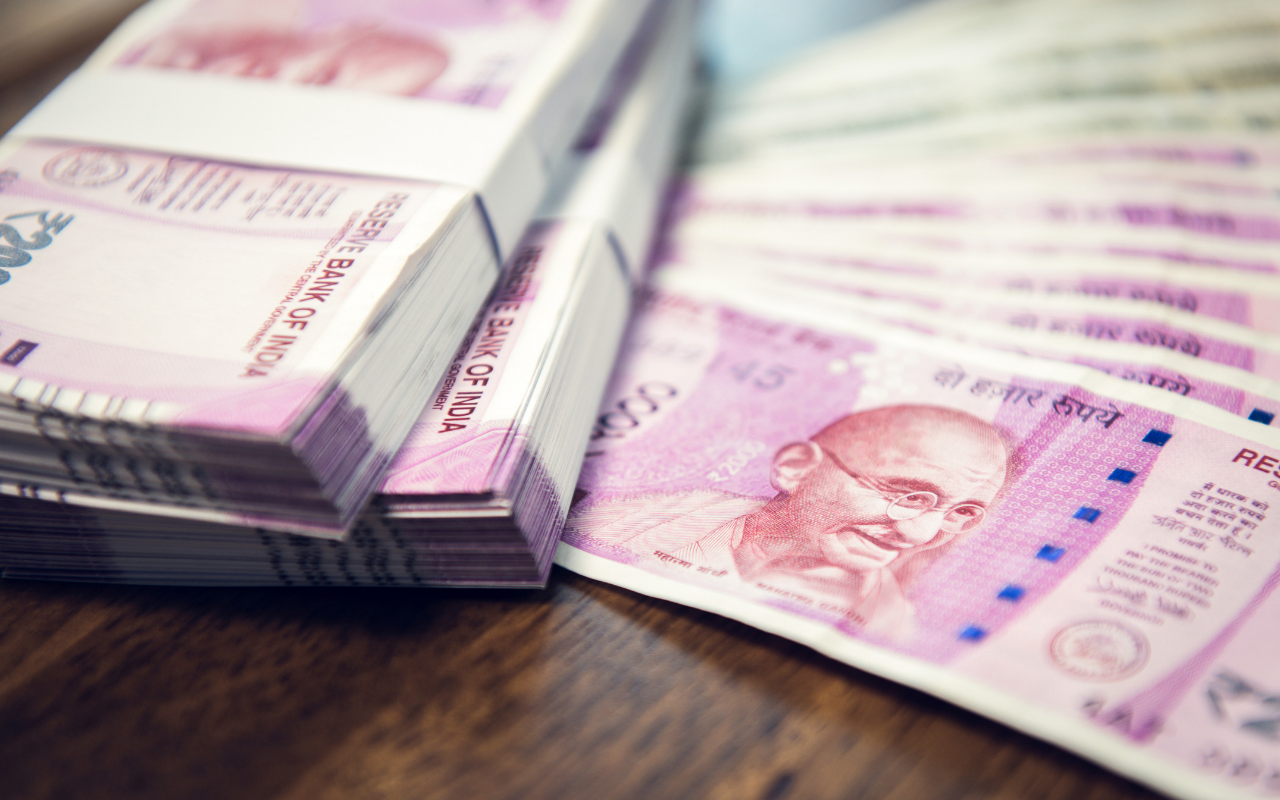Gender Pay Gap in India
According to the Global Wage Report 2018-19, published by the International Labour Organization (ILO), in India, women are paid 34 per cent less than men. The gender pay gap in India is the highest among 73 countries studied in the report. Empirical evidence also shows that the gender wage gap is visible even with women with higher levels of education. While the gender pay gap exists across the world, the Indian statistics, as presented by ILO, look abysmal.
It’s an open secret that globally women are paid less than their male counterparts, and India is no different. According to the latest Monster Salary Index (2018), women in India earn 19% less than men, reflecting the high gender pay gap in India. Their survey titled ‘Women of India Inc’ shows that women in India are perceived differently at work. The most common perceptions are that they are less serious about work once they get married, maternity will lead to quitting work, and women cannot put the same number of hours at work as men. Hence, their growth is not taken as seriously as that of their male counterparts, which further leads to a gender gap in earnings.
The survey further suggests that the gender pay gap widens with increasing experience. The gender pay gap for tenure 0-2 years and 3-5 years is 3% and 5%, respectively. However, women with 6-10 years of work experience earn 10% lesser, and women with 10+ years of experience earn 15% less than their male counterparts.
Women in Management
While there has been a steady increase in the ratio of women managers, it has not corresponded to a reduction in the gender pay gap. There is still a considerable difference between women’s and men’s earnings across sectors, organizations, and departments.
Either the female managers do not have enough motivation to enhance the earnings of other women in the workforce, or they might still be stuck at lower levels of management where they do not have enough decision-making power to make a big difference to the career of other workers.
Women in management positions often struggle to challenge the organizational structures that have been favoring men for ages. They find themselves in a minority and feel the need to showcase that they have really earned their place.
According to Grant Thornton’s ‘Women in business: Beyond policy of progress’ report, while India still ranks fifth lowest in having women in leadership roles, the percentage of leadership roles held by women in India has increased. There has been a steady growth of women in management positions from 17% in 2017 to 20% in 2018. However, this process is very slow and limited to the dated approach of ticking the diversity box.
Despite the steady increase of women in management positions, it has not translated to improving the gender pay gap in India. This either implies that the female managers are not motivated enough to bridge the pay gap or they are not empowered enough to take such huge decisions.
When female managers themselves face the discrimination in pay, how will they ensure higher pay for other female employees?
Economic Implications of Gender Parity
While gender parity is usually portrayed as a feminist agenda and a matter of social justice, the 2017 World Bank Report has made a macroeconomic case for increasing the number of women in the workforce in India. The report also suggests that if the participation rate of women from the current 27% goes up to 50%, it can boost India’s overall growth rate by 1.5%.
McKinsey Global Institute’s research (2017) shows that women’s direct contribution to the Indian GDP stands at 18%, which is far behind China’s 41% and just a little better than Pakistan’s 11%. If these estimates are accurate, India can add over $700 billion to its GDP by achieving gender parity in the workforce.
If McKinsey Research is anything to go by, it is important to introduce gender diversity and remove gender pay gap in India to boost the GDP of the nation. There are innumerable benefits for organizations to reduce the gender gap in earnings. It can increase the productivity of the employees by 10% and can boost the per capita output by as much as 3%. An organization known for pay parity is likely to attract more talent and helps in retaining talented women in the workforce by making them feel valued and enabling the organizations to stay competitive.
Recommendations to Address the Gender Pay Gap
Ensuring transparency in pay policies is important to help HR Managers and leaders gain better insights and implement fair pay practices. Women are less likely to negotiate on compensation offers which puts them behind at the start of their career. Indian organizations need to change the policy of offering compensation based on the last salary and base it on market standard, organizational standards, and the caliber of the candidate. This can help in addressing the gender pay gap in India to a large extent.
Correcting pay scale differences amongst current employees can also improve the gender gap in earnings. While it might look like a huge expense, it is actually an investment. It will not only help in retaining women in the workforce but will also increase their productivity. Standardizing performance reviews can also help in minimizing the gender gap in earnings. Managers must be trained to eliminate unconscious biases and establish transparent and equitable performance reviews.
Career growth of women professionals needs to be facilitated by reducing the opportunity gap which further leads to the gender pay imbalance. A positive hiring ratio is needed to ensure adequate representation of women in management positions and male-dominated sectors like mining and manufacturing. For instance, GE has set a target to hire more women in STEM roles.
Additionally, women also need more support dealing with major life events. This can be done by offering flexible work schedules, extended maternity benefits, paid paternity leaves, and shared family care leaves. To make sure it is effective, these benefits must also be extended to male employees.
Conclusion
Unless Indian organizations work proactively towards attaining gender parity, the ratio of women managers will continue to be low and gender pay gap in India will continue to exist. In the 21st century, gender pay parity is the key to empowering women, creating healthier work environments, offering better work-life balance, and boosting the GDP growth of India.
References:
- Ratio of female managers don’t mean higher pay for women- ANI, 18 April, 2019
- The gender pay gap: why more female managers does not necessarily equate to higher earnings for women- SciTech Europa, 18 April 2019
- Female managers do not close gender pay gap: study- Sonia Elks, 18 April, 2019
- Women in workforce: What it would take to achieve gender parity in India- Anita Kumar, 9 October, 2018
- Gender pay gap high in India: Men get paid Rs 242 every hour, women earn Rs 46 less- Rica Bhattacharya, 07 March, 2019
- Gender Pay Gap Still High As Men Continue To Dominate- Rajguru Tandon, 07 March, 2019
- Salary Gap: Indian Women Earn 19% Lesser Wages than Men- DQIndia Online, 27 March, 2019
- The gender pay gap: what statistics say and what you can do about it- Randstad India






